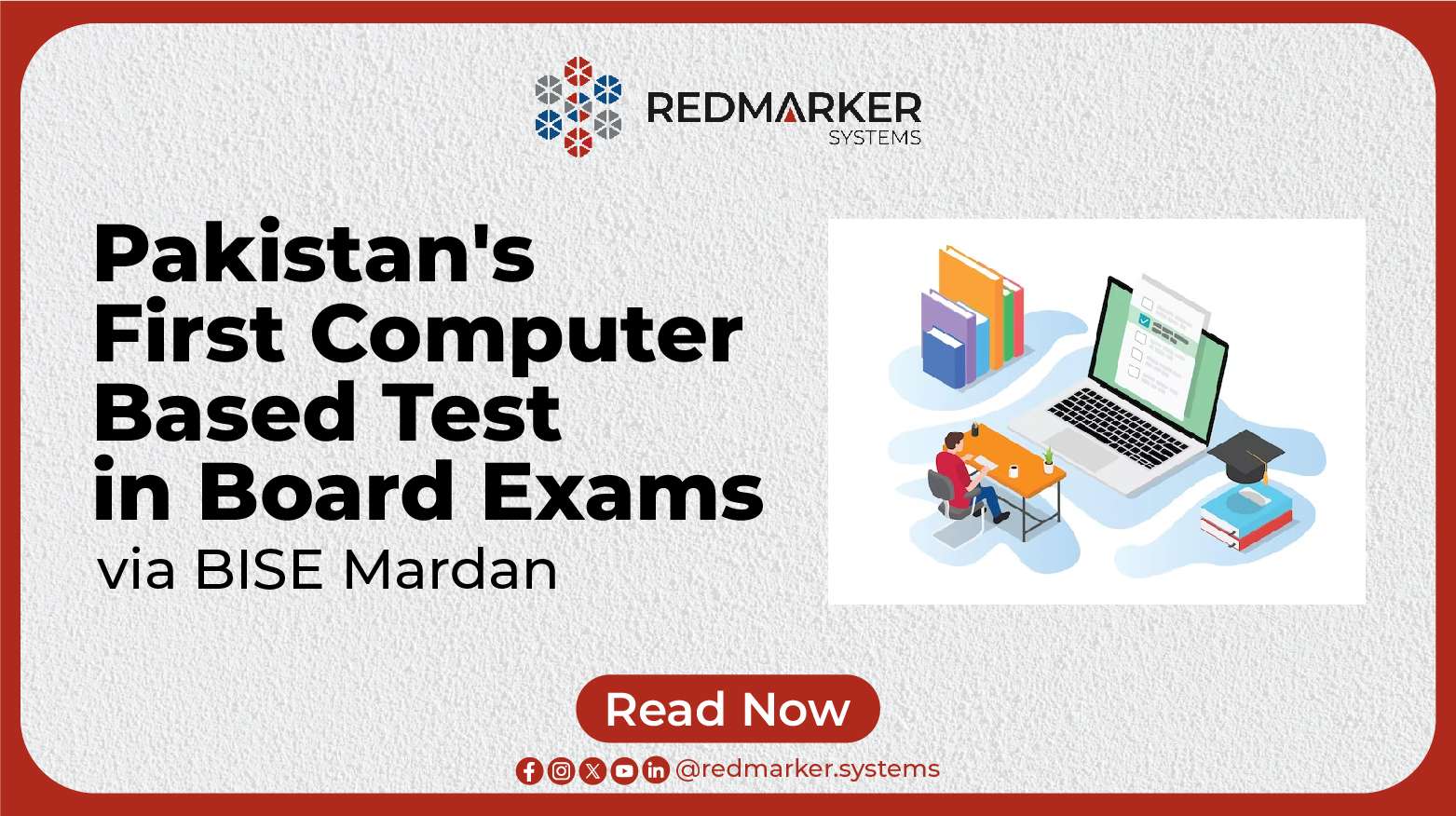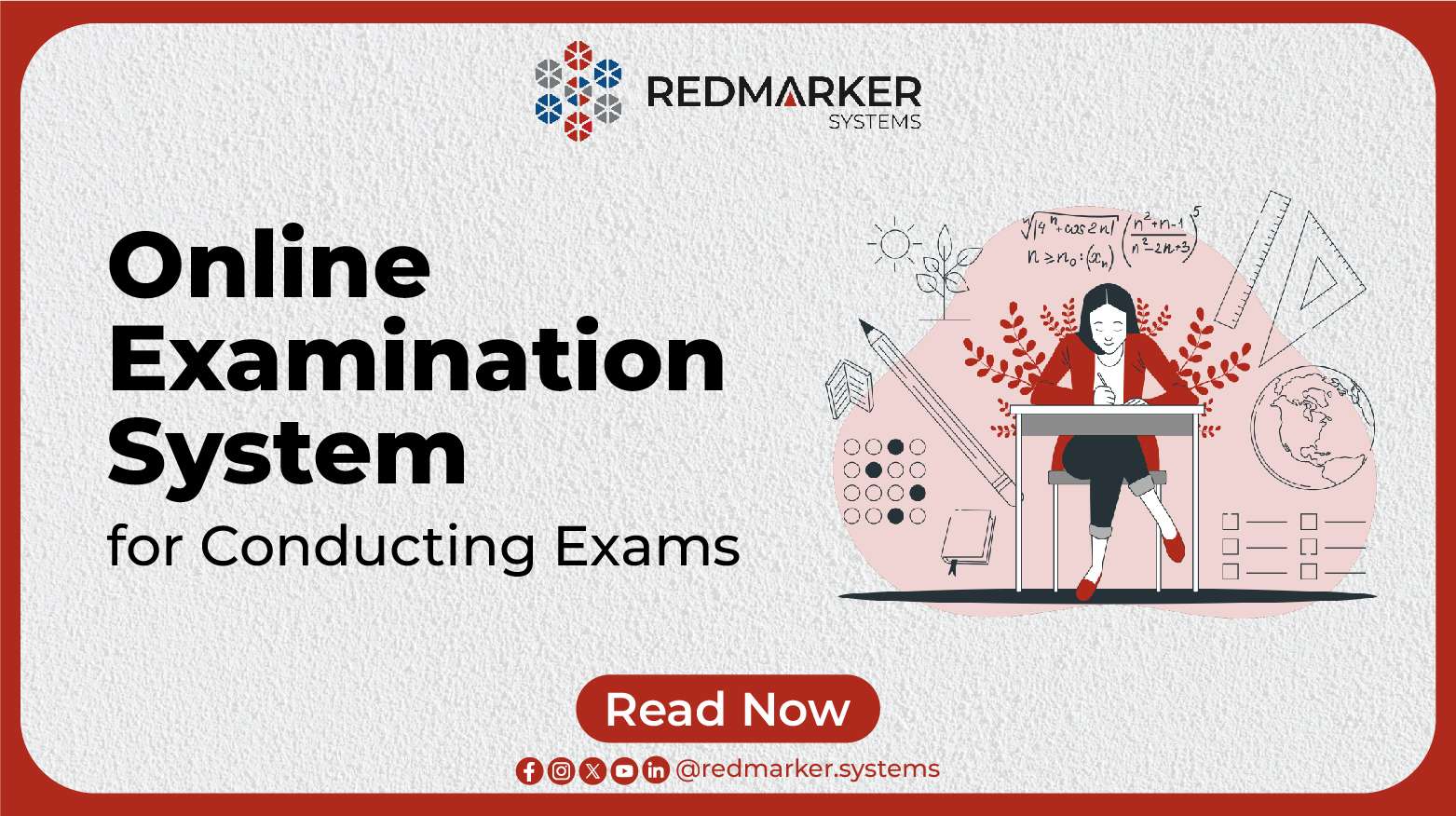The Role of Technology in Education: Striking the Right Balance
In the ever-evolving landscape of education, one factor remains constant – its pivotal role in shaping the future of society. Education is undeniably the bedrock upon which progress is built, and with the dawn of the digital age, the integration of technology into classrooms has sparked fervent debates. The quest to find the perfect balance between traditional teaching methods and cutting-edge technology has never been more critical. In this article, we explore the diverse perspectives surrounding the role of technology in education, aiming to shed light on the intricate nuances of this ongoing discourse.
Embracing EdTech: A Transformative Force
Advocates of Educational Technology (EdTech) champion its virtues as a catalyst for positive change in education. They argue that technology has revolutionized the way students engage with learning materials. Gone are the days of pen and paper; students now utilize laptops and tablets for note-taking and assignments. This shift towards digital tools is not merely a matter of convenience; it’s a response to an evolving world.
A Visual Learning Revolution
Over 65 percent of the global population consists of visual learners, and technology offers a unique opportunity to cater to their needs. Digital tools, such as interactive displays, monitors, and projectors, provide educators with a powerful platform for creating engaging and interactive learning environments. These innovations surpass the limitations of traditional tools like whiteboards and blackboards. It’s no surprise that nearly 78 percent of teachers acknowledge that interactive technology enhances student engagement significantly.
A Governmental Embrace
Governments around the world are recognizing the potential of EdTech. The UK government’s recent £150 million investment exemplifies this commitment to harnessing digital technology’s benefits in the classroom. The digital transformation of education is well underway, and the momentum is undeniable.
Beyond Screens and Visuals
However, EdTech extends beyond screens and visuals. Simple yet effective technologies, such as scanners for collating written work and online marking platforms for efficient grading, have streamlined administrative tasks for educators. A trial of an online marking platform in New Zealand, for instance, resulted in substantial time and cost savings, reducing the feedback time for thousands of papers from weeks to mere days.
The Skeptical Stance: A Cautionary Tale
Conversely, skeptics argue that the impact of technology on education has been underwhelming. They assert that EdTech often prioritizes institutional needs over individual students’ digital experiences, leading to disconnection and dissatisfaction. Moreover, despite high hopes, test scores in the US have continued to decline, challenging the assumption that technology would revolutionize education.
The Perils of Excessive Screen Time
Excessive screen time, a byproduct of widespread EdTech integration, has raised concerns. It is linked to emotional dysregulation and negatively affects students’ performance in mathematics and literacy. Sweden’s Minister of Schools, Lotta Edholm, has voiced the importance of textbooks in schools, emphasizing their unique advantages over digital alternatives.
The Middle Path: A Balanced Approach
Amidst this dichotomy, a balanced approach emerges as the third path. Striking the right balance between embracing technology and preserving the essence of traditional education is crucial. In an increasingly digital world, complete rejection of technology in education is neither practical nor advisable.
The Instructional Core: A Guiding Principle
To navigate this complex landscape, a fundamental principle must be embraced – the instructional core. This concept underscores the paramount importance of interactions between educators and learners regarding educational materials.
The Crucial Role of Educators
EdTech’s success hinges on its ability to complement and enhance these interactions rather than replace them. Data reveals that it’s not just about what technology is used, but who is using it. Educators must select technologies aligned with their specific needs and those of their students.
A Personalized Approach
Educational institutions should resist the pressure to make hasty investments in technology. Instead, they must carefully consider their unique needs, preferences, and limitations. There is no one-size-fits-all solution in this dynamic landscape.
Conclusion: The Human Element
In the ongoing debate over technology in education, one truth remains constant – it is the teachers and students who must use it. Their voices and experiences should guide the path forward. Let us use technology as a means to enhance the instructional core, fostering meaningful interactions and personalized learning experiences. In the end, it’s not just about the technology; it’s about empowering educators and students to thrive in an ever-evolving educational landscape.



